What is this guide about?
Learning to Play and Playing to Learn is a parent resource. It is based on the research of what, how, and when your child learns. This guide is filled with: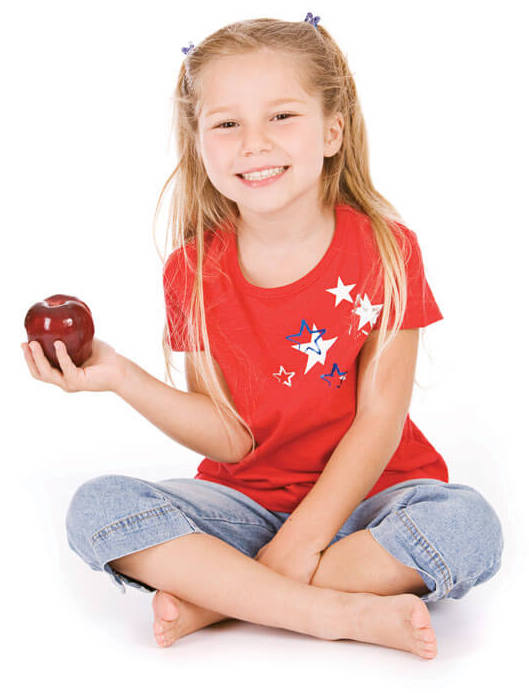
- Up-to-date information
- Helpful tips
- Checklists
- Links to other resources
These tools will help you to support your child’s individual growth and development. This will help your child be prepared for learning at school.
Who is this guide for?
This guide is for everyone who cares for children.
- Parents*
- Guardians
- Child care providers
- Health care providers
- Family members
- Friends
* We use the term parent to represent all significant caregivers (grandparents, aunts, legal guardian, etc.) in your child’s life.
Note: The glossary at the end of this guide explains many words and concepts that you may not be familiar with.
What does this guide help parents to learn?
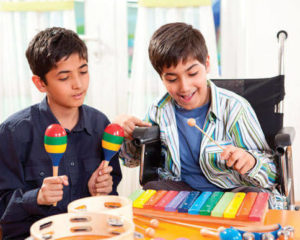 The information and examples in this guide show you how you can help your child’s brain and body grow and thrive. It will also help you feel more confident that your child is prepared for kindergarten and beyond.
The information and examples in this guide show you how you can help your child’s brain and body grow and thrive. It will also help you feel more confident that your child is prepared for kindergarten and beyond.
Children all learn in different ways and at their own pace. Consider the unique strengths and needs of your own child. The tips, activities and links in this guide can help you to decide the best way to support your child.
Did you know?
You are your child’s greatest educator and role model.
Table of Contents
The journey to school and lifelong learning
Through play, children learn many skills, such as how to interact with others, solve problems, and accept different ways of thinking, long before they start school, or even kindergarten. These skills help children do well in school and in life. Children, who feel good about learning and are eager, curious, and confident when starting school are more likely to:
- Do well in school
- Finish school
- Continue on a journey of lifelong learning
Starting school is a big milestone for you and your child. Kindergarten is the first step in your child’s formal education. It is optional and free for all children in Ontario.
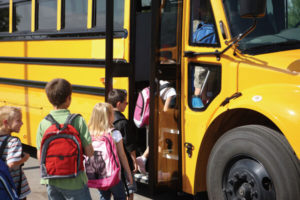
With the support of teachers and early childhood educators, kindergarten offers a play-based program. Your child learns through play that:
- Is built on your child’s interest and curiosity
- Includes learning experiences directed by teacher and early childhood educator team
- Includes activities where your child can take the lead
- Provides opportunities for your child to explore the world around him with the connections to real life experiences
For more information on the province’s full-day kindergarten program, go to the Ministry of Education website.
In this guide we refer to the teacher and early childhood educator team.
What does a full day of kindergarten look, sound and feel like?
Your child will:
- Solve problems and tell others about their learning
- Have quiet time as needed
- Make friends
- Be involved in play-based learning
- Eat healthy meals and snacks
- Listen to stories
- Use their senses to explore and discover
- Learn to get along with other children and adults
- Develop and learn skills and concepts, both indoors and outdoors
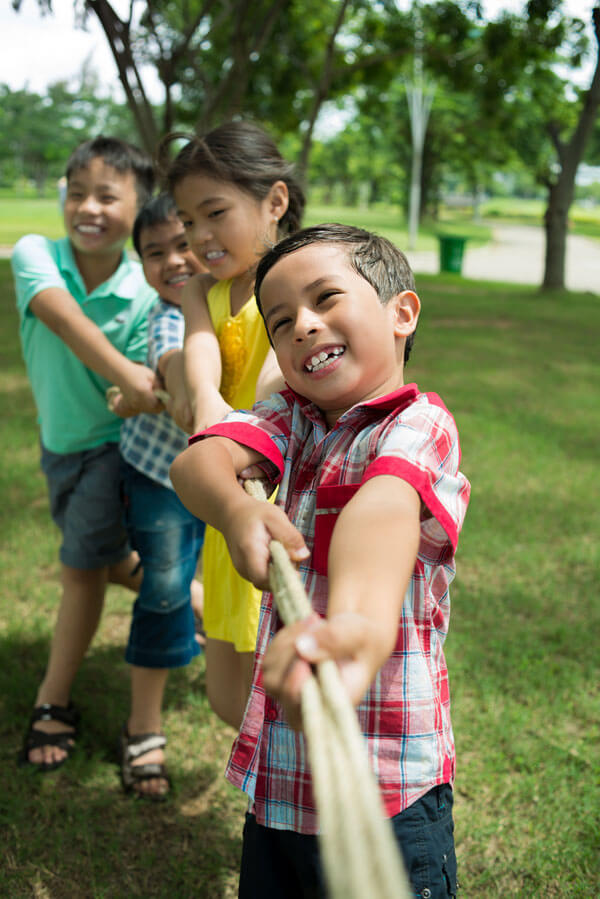
How do children learn?
Children learn by playing in places where they feel safe, respected, and loved. Children’s early development, health, and learning is shaped by the day-to-day experiences within their family and community.
From the day they are born, children learn and develop by:
- Touching
- Seeing
- Hearing
- Smelling
- Tasting
- Moving
- Doing (for example, playing).
Children’s play is children’s work. Remember, you are your child’s greatest role model!
- A secure attachment
- Self-regulation
- Play
Let’s find out why these concepts are so important.
Why is a secure attachment important for learning?
A secure attachment is a powerful, emotional bond where a child feels protected by his parents. A secure attachment is important to learning because it helps a child to:
- Be more confident to explore the world around him.
- Calm himself in stressful situations.
- Develop resilience.
The key ingredient to develop a secure attachment is to respond to your child’s distress. You are encouraged to:
- Intervene when your child is in distress.
- Comfort your child when he is distressed.
- React to your child’s distress before it gets out of control.
- Respond consistently and warmly to your child’s distress.
How can I help my child develop a secure attachment?
Here are some things you can do to:
- Let your child know that you are there when she needs you.
- Guide your child to find the solution to the situation by providing her with options.
- Support your child’s learning by playing with her when she is learning a new skill and/or practicing skills she already has.
- Get down to the floor to be at your child’s level. This helps you to understand how the world is seen from her view.
- Show and tell your child that you are delighted to see her each time you pick her up from school or child care, when she wakes up in the morning, or at every other opportunity.
- Know your child and respond in the way she enjoys. The most important thing is to know your child is unique.
- Be engaged in your child’s day to day activities by following her lead and responding to her needs and cues.
- Spend time with your child observing, playing and learning what your child likes or dislikes.
- Acknowledge your child’s feelings by listening to what is said. Use the phrases like:
“I see.” “Tell me more.”
“Tell me more.”
Feeling safe and secure helps your child:
- Grow and develop in a healthy way.
- Feel safe to explore the world around her through play.
- Think and feel more positively about herself.
- Develop into a confident and curious learner.
- Get along well with others.
- Feel empathy for others.
- Have a good self-image, self-confidence, and good self-regulation.

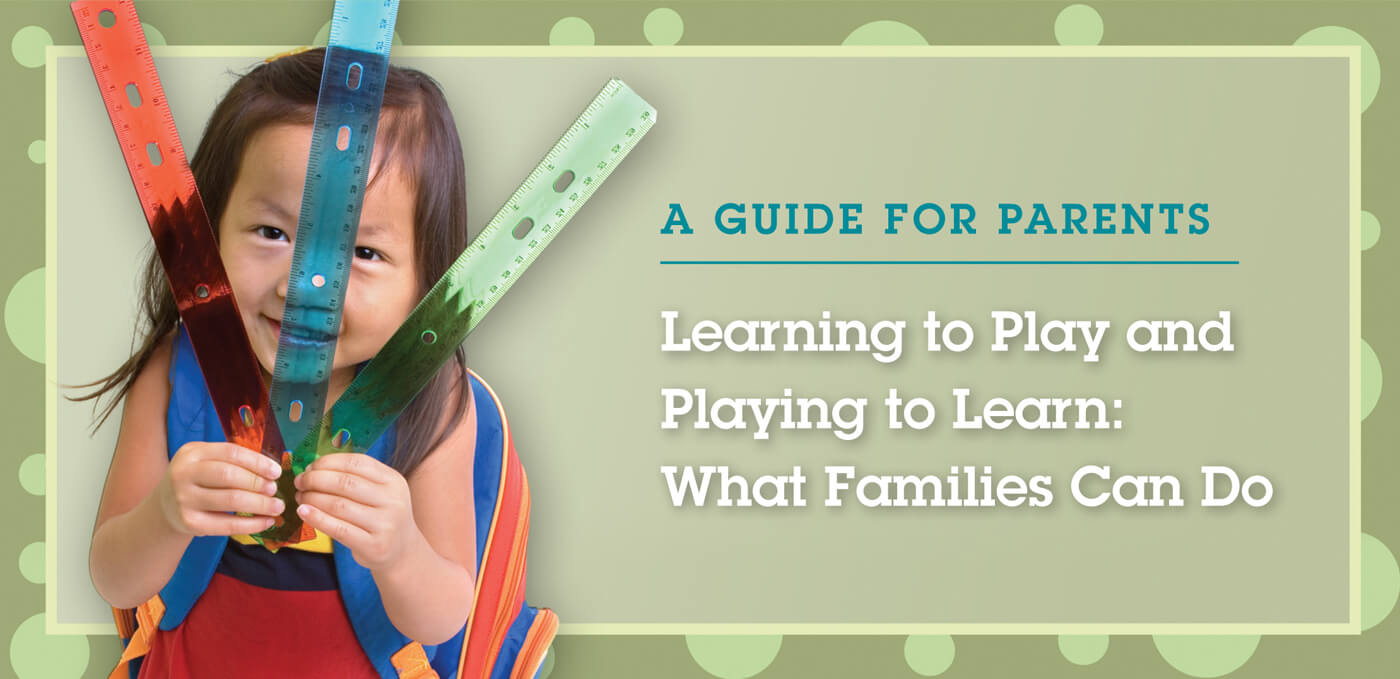
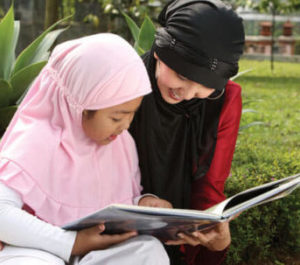 “Tell me more.”
“Tell me more.”